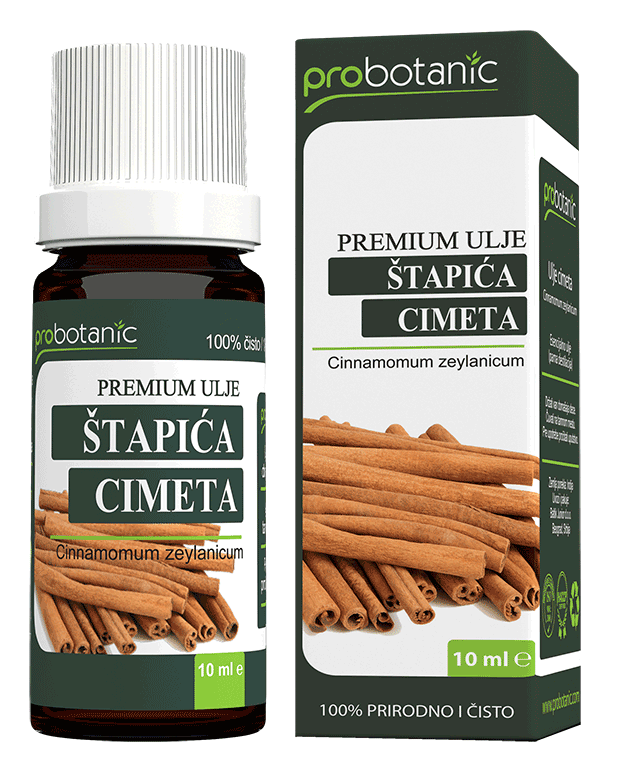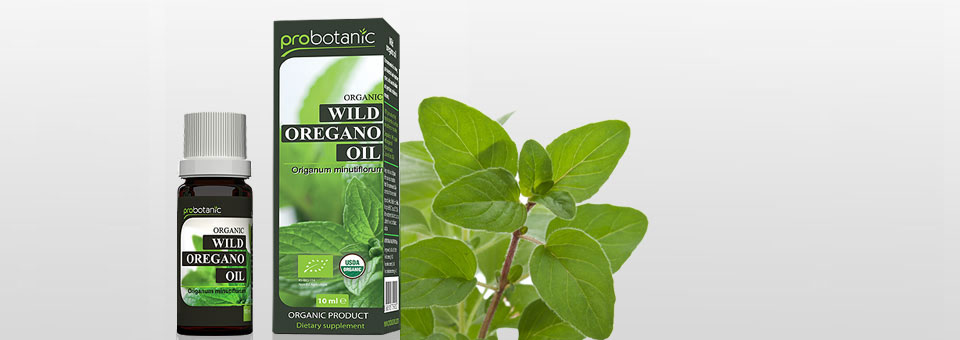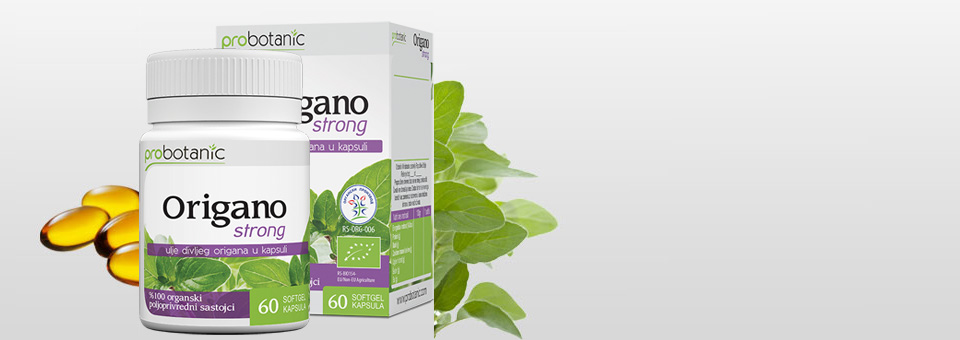Cinnamon bark oil
Helps in maintaining normal values of lipids and sugar in the blood. It supports healthy skin and mucous membrane.

-
Helps in maintaining normal values of lipids and sugar in the blood
-
Supports healthy skin and mucous membrane
-
Top quality – Pharmaceutical grade
-
Dietary supplement
-
100% pure and undiluted, no additives
-
Chemical composition meets the strict standards of British Pharmacopoeia (GC/MS)
Health Benefits of Cinnamon bark Oil for the Human Body
Cinnamon bark oil, derived from the bark of the cinnamon tree, has been used for centuries in traditional medicine due to its remarkable health benefits. One of its most notable properties is its powerful antioxidant content, which helps combat free radicals in the body, promoting overall health and reducing the risk of chronic diseases.
This oil is also known for its anti-inflammatory effects. By reducing inflammation, cinnamon bark oil can help alleviate symptoms of conditions like arthritis and muscle pain. Additionally, it can support healthy digestion by stimulating digestive enzymes, making it an effective natural remedy for indigestion and bloating.
Cinnamon bark oil is often praised for its ability to regulate blood sugar levels. Studies suggest that it may improve insulin sensitivity, which can be beneficial for people with type 2 diabetes or those at risk of developing it.
Another benefit is its antimicrobial properties. Cinnamon oil can help fight off harmful bacteria and fungi, making it useful in oral health, skin care, and even as a natural disinfectant.
Incorporating cinnamon bark oil into your wellness routine can offer a range of health benefits, making it a valuable addition to any natural health toolkit.
More information about cinnamon
One of the favourite winter spices, today cinnamon is highly ranked in cooking, due to its aroma and exotic taste. The Bible mentions the use of cinnamon by Egyptian, Greek and Roman people, whereas the Asian cultures have used it for centuries in medical purposes.
So far, the information of effects of cinnamon are based on the results in vitro and in vivo studies and experience of traditional application. Previous analysis have shown a probable efficiency in decreasing the postprandial absorption of glucose, stimulation of taking over the glucose by cells, stimulation of glucose metabolism, glycogen synthesis, inhibition of gluconeogenesis, stimulation of insulin release and increased activity of insulin receptors.
Today, cinnamon is mostly produced in its native countries : Sri Lanka, Madagascar, Vietnam, India and China. Na There are between 50 and 250 types of cinnamon, however, there are two types of cinnamon mostly present at the market:
1. true or Ceylon cinnamon (lat. Cinnamomum verum or Cinnamomum zeylanicum)
2. cassia, so called Chinese cinnamon (lat. Cinnamomum cassia)
The true cinnamon comes from Sri Lanka (Ceylon) and it has yellow-brown colour. This type of cinnamon has got more gentle and sweet aroma. Ceylon cinnamon barks have multiple thin layers of crust and they are easy to ground due to which it differs from cassia.
Cassia, also known as Chinese cinnamon is type of cinnamon often found in shops, it has sharper aroma, stronger taste and lower price. It is mostly used in the food industry because it is more resistant and easier to grow. Cassia barks are hard and have one thicker layer of crust and cannot be ground easily unless previously cut into smaller pieces.
Active component of essential oil of both types of cinnamon is cinnamaldehyde, which is responsible for lowering the lever of sugar and lipids in the blood
Why is Ceylon cinnamon safer and has better quality?
Coumarin is chemical compound which gives fragrance to plants and it is a natural ingredient of many plants. It has a sweet fragrance, which can be easily recognized as the fragrance of freshly cut hay. More coumarin means stronger aroma and hot taste due to which it was used as aroma enhancer in tobacco and some alcoholic drinks until it was prohibited to use it for the said purposes.
Coumarin has a strong anticoagulant, cancerogenic and hepatotoxic effect. Cassia contains coumarin, which was not found in Ceylon cinnamon in significant quantities. This is why Ceylon cinnamon is more suitable and safer for human nutrition, whereas cassia is more suitable as raw material in manufacturing scented candles, massage oils and similar products.
Instruction of use
Food supplement
It helps to maintain normal levels of lipids and blood sugar. It supports the health of the skin and mucous membranes.
Active ingredient: Essential oil of cinnamon stick (Cinnamomum zeylanicum) (100%)
Method of use: Orally: use 1-2 drops a day, after breakfast, diluted in a teaspoon of edible oil (sunflower, olive, coconut, linseed,…)
On the skin: dilute 20 drops of cinnamon stick oil with 100 ml of edible oil.
Warnings: The product is not recommended for pregnant women, nursing mothers and children under 18 years of age. The product should not be taken by people who are allergic to cinnamon or Peru-balsam, in cases of fever of unknown origin, severe liver damage, active stomach or duodenal ulcer. Care and supervision by a doctor is required when using the product in people who use hypoglycemic drugs, because a sudden drop in blood sugar can occur. In patients with liver disease, alcoholics and people using paracetamol, it is recommended to avoid oral administration of cinnamon stick oil. When applied to the skin, allergic reactions are possible, which is why it is not recommended for children and the elderly.
Side effects are possible – vomiting and diarrhea if large amounts are ingested.
The recommended daily dose must not be exceeded.
Notes:
Read the instructions carefully before use. The preparation is not a substitute for a varied and balanced diet. Keep out of reach of children.




Excellent post. I was checking constantly this weblog and I’m inspired!
Extremely helpful info particularly the last section :) I care
for such info a lot. I used to be seeking this certain information for a very lengthy time.
Thanks and good luck.